详细说明
Assay Type
Solid Phase Sandwich ELISA
Format
96-well strip plate
Sample Type & Volume Required
100 µL
Range
156.00 - 10,000 pg/mL
Sufficient Materials
For five 96-well plates*
Specificity
Please see the
* Provided that the recommended microplates, buffers, diluents, substrates and solutions are used, and the assay is run as summarized in the Assay Procedure provided.
Ancillary Reagent Kit Available
DY008, DuoSet ELISA Ancillary Reagent Kit 2 -
This DuoSet ELISA Development kit contains the basic components required for the development of sandwich ELISAs to measure natural and Recombinant
* Provided that the recommended microplates, buffers, diluents, substrates and solutions are used, and the assay is run as summarized in the Assay Procedure provided.
Product Features
Optimized capture and detection antibody pairings with recommended concentrations save lengthy development time
Development protocols are provided to guide further assay optimization
Assay can be customized to your specific needs
Economical alternative to complete kits
Kit Content
Capture Antibody
Detection Antibody
Recombinant Standard
Streptavidin conjugated to horseradish-peroxidase (Streptavidin-HRP)
Other Reagents Required
PBS: (Catalog # ), or 137 mM NaCl, 2.7 mM KCl, 8.1 mM Na 2HPO 4, 1.5 mM KH 2PO 4, pH 7.2 - 7.4, 0.2 µm filtered
Wash Buffer: (Catalog # ), or equivalent
Reagent Diluent*
Blocking Buffer*
Substrate Solution: 1:1 mixture of Color Reagent A (H 2O 2) and Color Reagent B (Tetramethylbenzidine) (Catalog # )
Stop Solution: 2 N H 2SO 4 (Catalog # )
Microplates: R&D Systems (Catalog # ), or equivalent
Plate Sealers: ELISA Plate Sealers (Catalog # ), or equivalent
*For the Reagent Diluent and Blocking Buffer recommended for a specific DuoSet ELISA Development Kit, please see the product
Preparation and Storage
Storage
Store the unopened product at 2 - 8 °C. Do not use past expiration date.
Background: Siglec-6/CD327
Siglecs are I-type (Ig-type) lectins belonging to the Ig superfamily. They are characterized by an N-terminal, Ig-like V-type domain that mediates sialic acid binding, followed by varying numbers of Ig-like C2-type domains (2 to 17), a single transmembrane region, and a cytoplasmic tail. The siglecs can be broadly classified into two subgroups: Siglecs-1, -2, and -4, and a Siglec-3/CD33-related subgroup (Siglecs-3, and -5 through -13 in primates) defined by sequence similarity and clustered gene localization. They are widely expressed on hematopoietic cells, often in a cell-type-specific manner, and Siglec-4/MAG is a myelin component in Schwann cells and oligodendrocytes. Their ligands, sialic acids, are negatively charged monosaccharides found on cell-surface glycoproteins and glycolipids. Although Siglec functions continue to be defined, most have intracellular immunoreceptor tyrosine-based inhibitory motifs (ITIM), implicating them in the suppression of immunoreceptor signaling. They may also participate in cell/cell interactions or act as receptors for the entry of viral or bacterial pathogens.
Entrez Gene IDs:
946 (Human);
Long Name:
Sialic Acid Binding Ig-like Lectin 6
Aliases:
CD327 antigen; CD327; CD33 antigen-like 1; CD33L1; CD33L1OBBP1CD327; CD33L2; CD33LCDW327; CDw327; OB-BP1; Obesity-binding protein 1; sialic acid binding Ig-like lectin 6; sialic acid-binding Ig-like lectin 6; Siglec6; Siglec-6







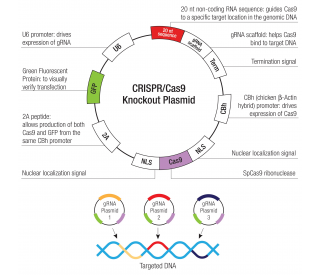
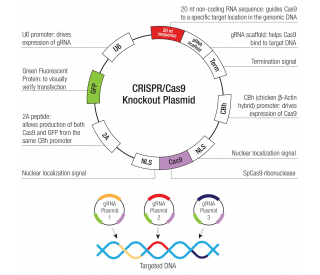
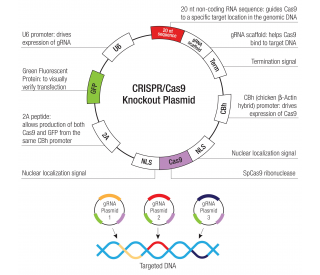
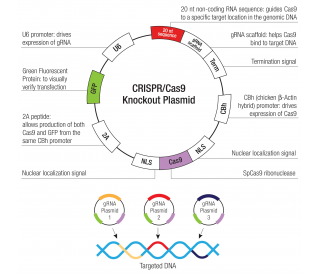
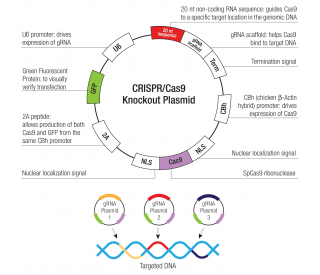
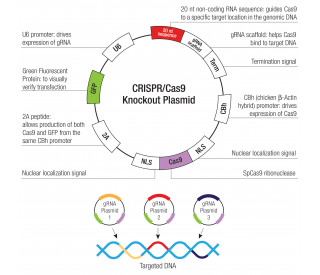




 粤公网安备44196802000105号
粤公网安备44196802000105号